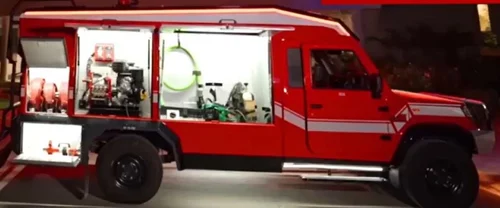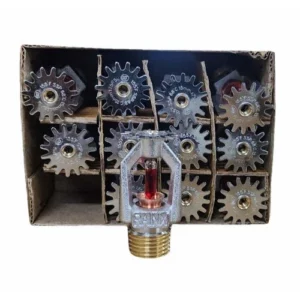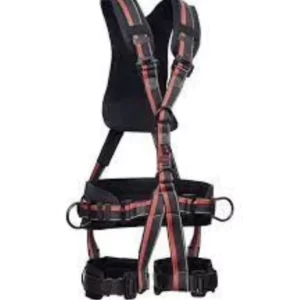1. Enhancing Firefighting Prowess:
-
Technological Advancements: Firefighting vehicles are constantly evolving, incorporating cutting-edge technologies like aerial firefighting drones, robotic firefighting units, and advanced firefighting foams. These innovations allow firefighters to tackle blazes more effectively and safely, minimizing damage and saving lives.
-
Improved Response Times: Modern fire trucks boast enhanced speed and maneuverability, enabling them to reach emergencies quicker. This critical reduction in response time can make the difference between containing a small fire and witnessing a devastating inferno.
-
Specialized Vehicles for Diverse Situations: From nimble pumper trucks navigating tight city streets to colossal ladder trucks scaling high-rise buildings, a diverse range of firefighting vehicles cater to specific needs. This specialization ensures optimal firefighting strategies for various scenarios.
2. Bolstering Community Preparedness:
-
Public Education and Awareness: Fire trucks are often a familiar sight in communities, serving as a constant reminder of fire safety. Their presence sparks vital conversations about fire prevention measures and evacuation plans, empowering residents to be prepared in case of emergencies.
-
Community Engagement and Support: Fire departments frequently use their vehicles for outreach programs, educating children about fire safety and offering support to vulnerable populations. This fosters a sense of community and strengthens the bond between firefighters and the people they serve.
-
Disaster Relief and Emergency Response: Beyond battling fires, firefighting vehicles play a crucial role in disaster relief efforts. They transport essential supplies, provide emergency medical aid, and assist with evacuation efforts during floods, earthquakes, and other natural disasters.
-

3. Environmental Benefits:
-
Protecting Ecosystems: Wildfires pose a significant threat to natural ecosystems. Firefighting vehicles are instrumental in preventing the spread of wildfires, safeguarding precious flora and fauna, and preserving delicate ecological balance.
-
Mitigating Pollution: Modern firefighting technologies and strategies prioritize minimizing water usage and harmful emissions. This focus on environmental sustainability helps protect air and water quality, contributing to a healthier planet.
In conclusion, firefighting vehicles are not merely fire-fighting machines; they are symbols of resilience, community, and environmental responsibility. Their long-term impact extends far beyond the immediate control of flames, shaping a safer, more prepared, and sustainable future for all.








Reviews
There are no reviews yet.